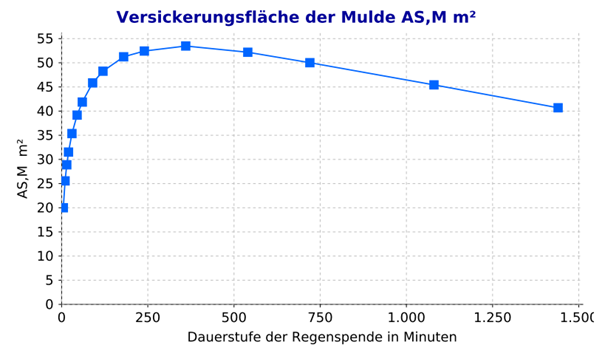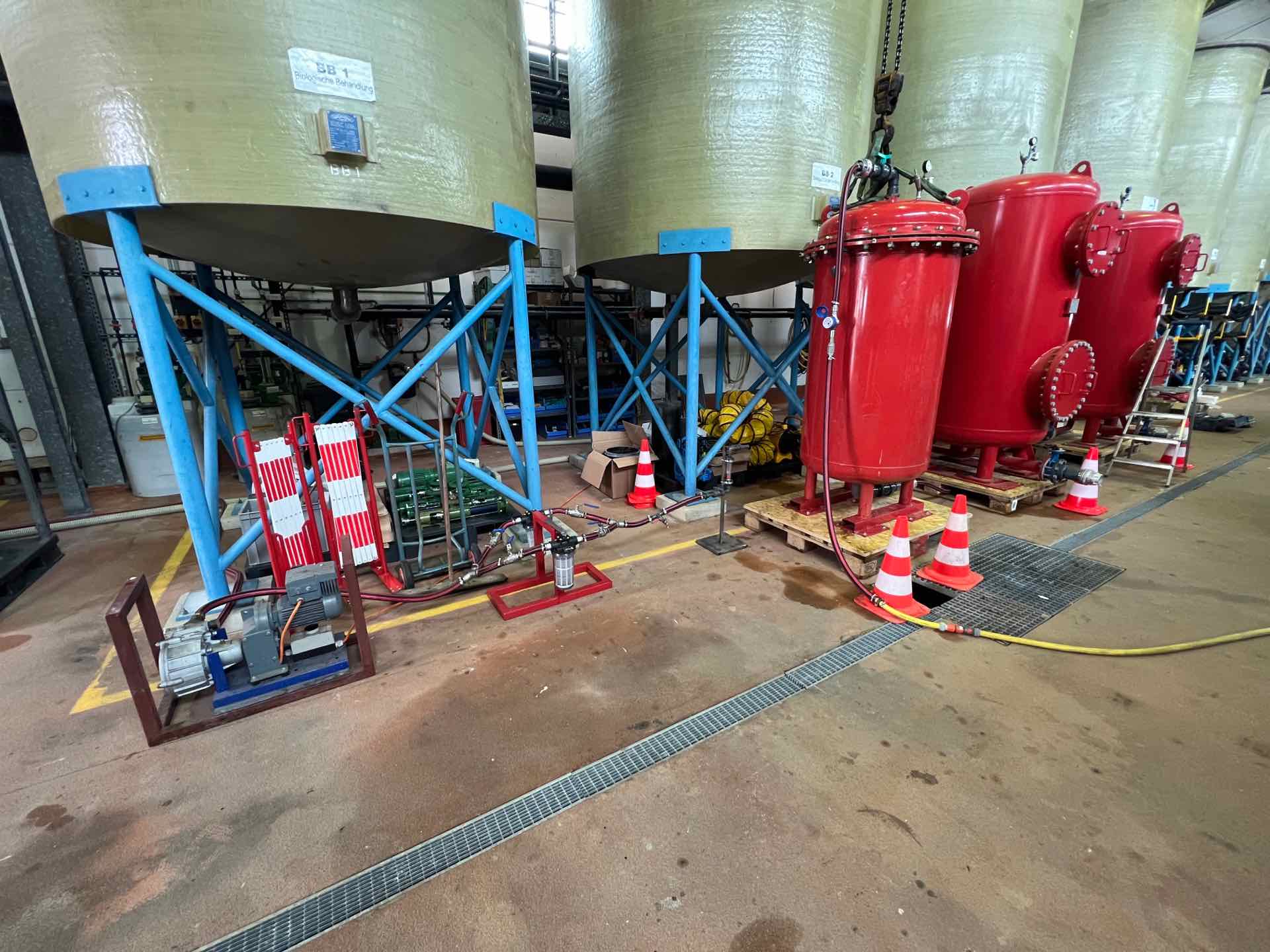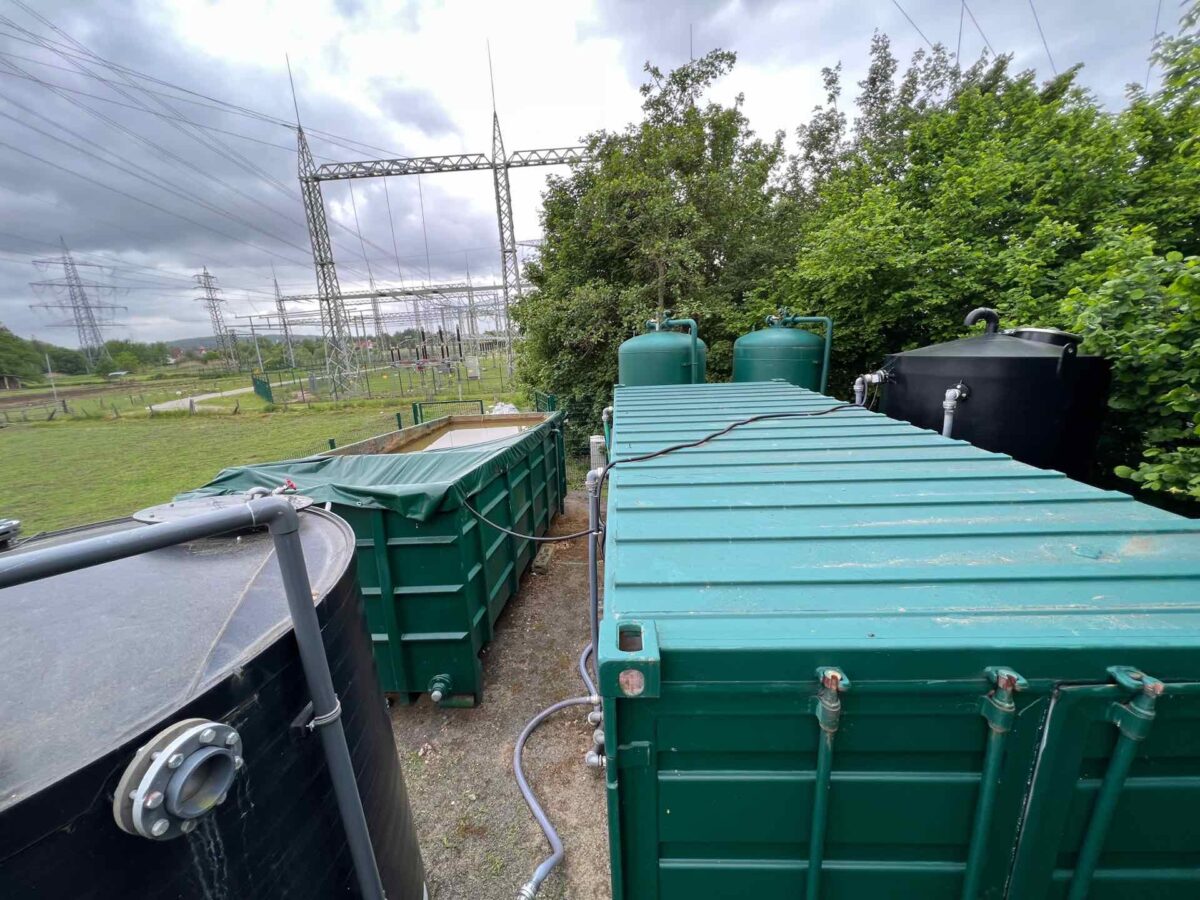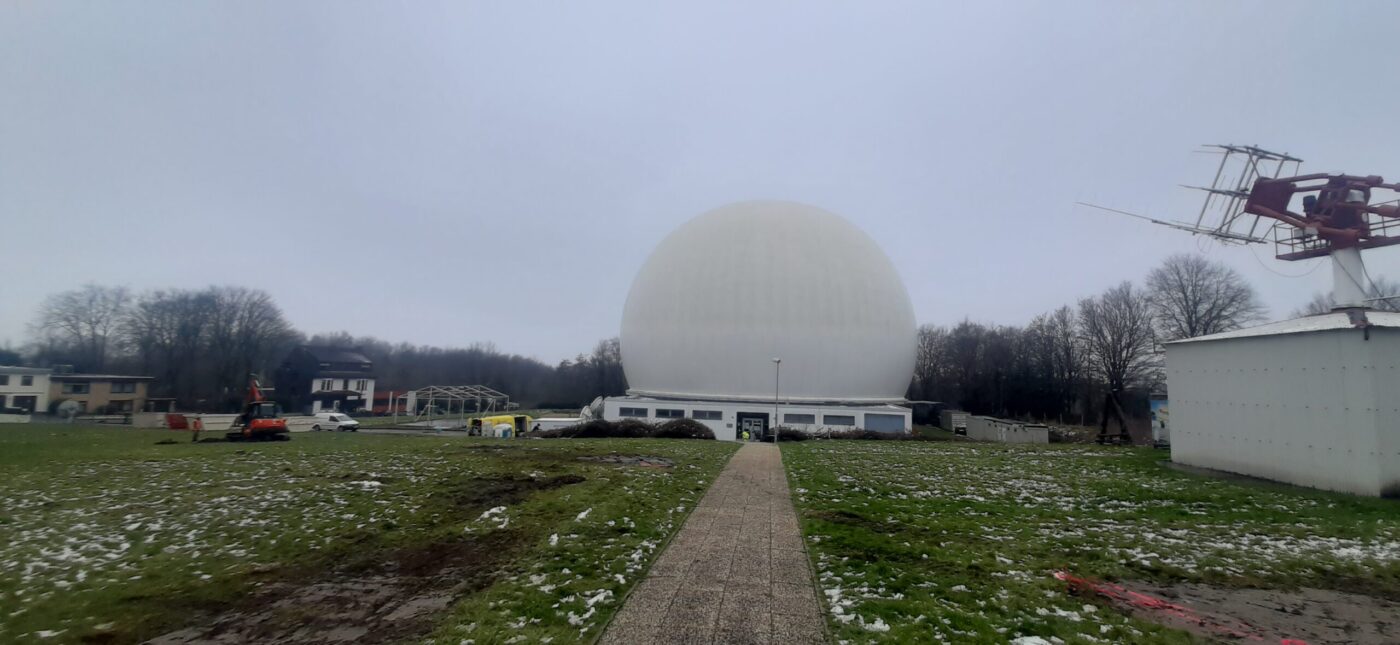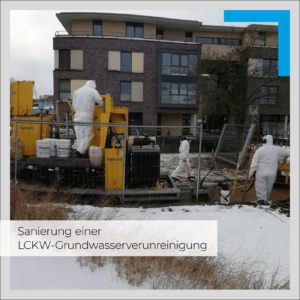

WHAT-WE-DO: At the "Inselpark Gronau" site, the former site of the "M. v. Delden" weaving mill and dye works and later the state garden show site in Gronau / Losser (NL), an LCHC groundwater contamination has been secured and remediated by a pump-and-treat measure since 2003.
After groundwater pumping led to a significant decrease in pollutants in the first years 2003 - 2009, the pollutant levels have only slowly decreased over a longer period of time since then, as is typical for corresponding hydraulic remediation. This is due, among other things, to an LCHC source in the marl rock at the base of the pore aquifer. In the years 2011 to 2017, preliminary investigations were carried out to select an additional remediation method in order to more effectively design and sustainably minimise the discharge of pollutants at the site and to complete the hydraulic remediation within a foreseeable period of time. These recommendations and innovative investigation measures were fully supported and constructively accompanied by the City of Gronau as the client.
In addition to initial SOD tests in 2012, a push-pull test was carried out in two residual pollution areas in 2015. The PP test showed mobilisable residual phase fractions, anaerobic groundwater conditions (methane, ethene, iron II) and a high probability of success for surfactant-assisted in-situ chemical oxidation (ISCO) using high-pressure solid injection.
Our branch in Hagen was commissioned by the city of Gronau to carry out these services in 2019. In-situ chemical oxidation was started using the TSE® injection process in January and February 2021. The first six-monthly monitoring phase has now been completed.
The results of the groundwater analysis in both remediation fields show a consistent reduction in the level of the CHC contamination seven months after the addition of surfactants and permanganate oxidising agents. In remediation field 1, the total content was reduced by more than 35 %. In the second remediation field, even higher reductions were recorded with a reduction of 45 % of the total content. The degradation of pollutants is expected to continue at least until the oxidising agent is exhausted. In this respect, the monitoring measurements already show that the measures have been successful. A further injection measure is currently being coordinated in order to be able to generate a further reduction in pollutants and thus successfully complete the hydraulic remediation measure in the foreseeable future.
#EngineeringForABetterTomorrow #mullandpartner #Groundwater #Contamination #Pollutant remediation

